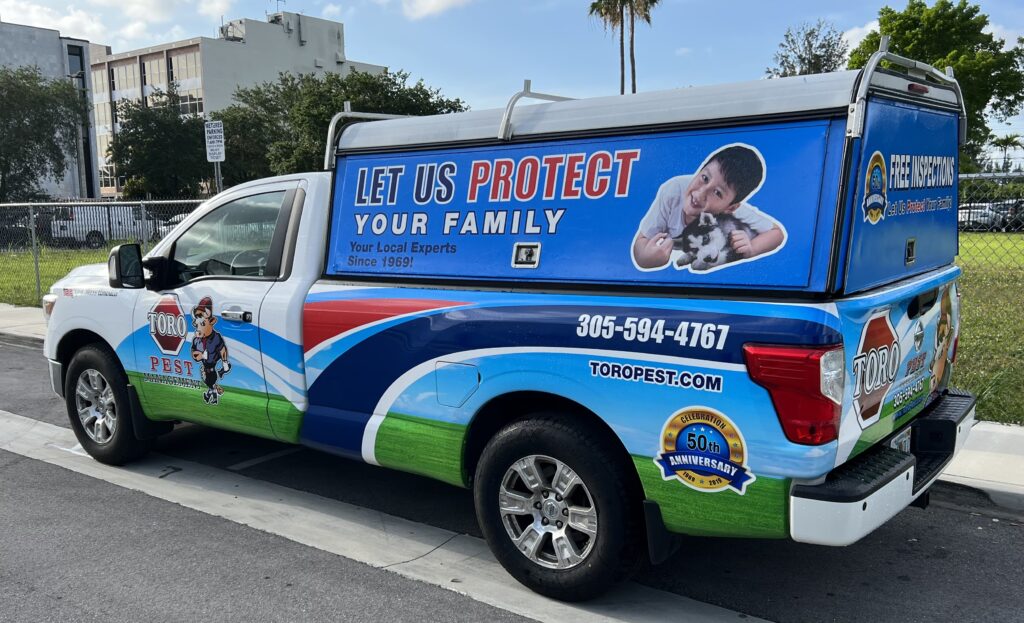The impacts of El Niño are diverse and range from fires and haze to landslides and others. But that’s not all, it seems like El Niño is also to blame for the worsening Zika outbreak. It is characterized by central and Eastern Pacific ocean warming near the equator, which shifts precipitation patterns across the globe. The wet conditions from El Niño favor mosquito populations and create the perfect conditions for them to breed and thus transmitting diseases.
The recent El Niño episode which started sometime in mid-2015 has tied with the episode back in 1997 in strength recorded. The impacts have been felt far and wide, including the heavier rainfall that have rocked parts of southern Brazil and Uruguay as well as Paraguay.
End of 2015 saw massive flooding that left thousands displaced and the large amounts of standing fresh water ended up creating ideal breeding grounds for the mosquitoes hence contributing to the spread of Zika Virus. United Nations have since mentioned specifically that El Niño can lead to increased vector borne diseases that include Zika, Chikungunya and dengue because of the increased mosquito vectors.
What about drier conditions?
However, it should be noted that drier conditions do not in any way mean that a region cannot experience disease spread. Despite El Niño bringing drier than normal weather in some parts such as Guyana, northern Brazil and Venezuela, they have still seen transmission of the Zika virus in recent months.
The truth is that the drier conditions at a time that is usually wet brings lots of people outdoors, and this increases the transmission levels of vector borne diseases. Water stockpiling that was fueled by the rains in northern Brazil also provided favorable grounds for the mosquitoes to breed.
It is also important to note that the warmer conditions make flourishing of the disease easier because reproduction and transmission is enhanced by the increased temperatures. There tend to be more mosquitoes in warmer temperatures and they bite even more frequently and there are possibilities of virus transmission in the early stages of the mosquitoes’ life cycles. The temperatures favor longer mosquito seasons that start early and end late in warmer years.
El Niño has ended up raising world temperatures and most parts are feeling the heat with 2015 going down as the hottest year recorded. Zika affected areas or countries have actually seen temperatures that are above average.
Conclusion
The Aedes Aegypti and Albopictus mosquito species are hard to control because they can lay eggs even with very little water. It is actually possible to have larvae in bottle water that has sat for only a few days. They are great opportunists as far as laying eggs goes making them harder to control.
El Niño has without doubt supported mosquito populations in different ways and in the different parts of the world. Fogging and larviciding are some of the measures being used on water bodies and other surroundings to interrupt larvae development and get rid of the mosquitos too.



